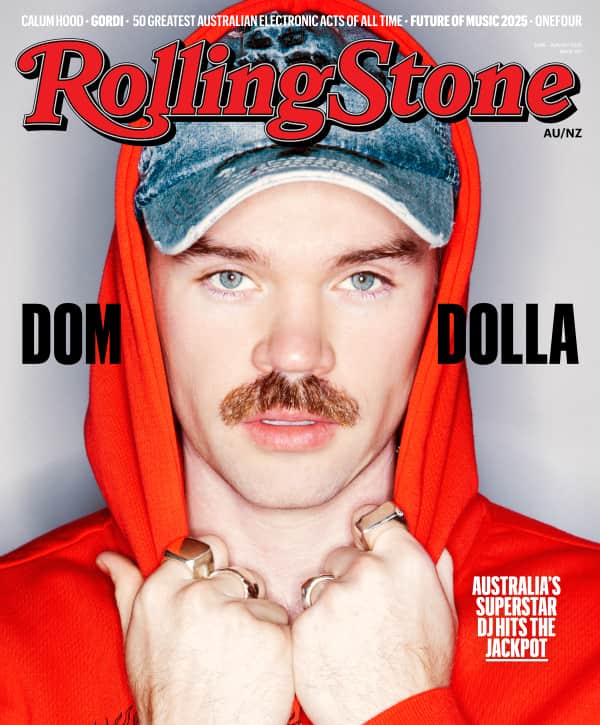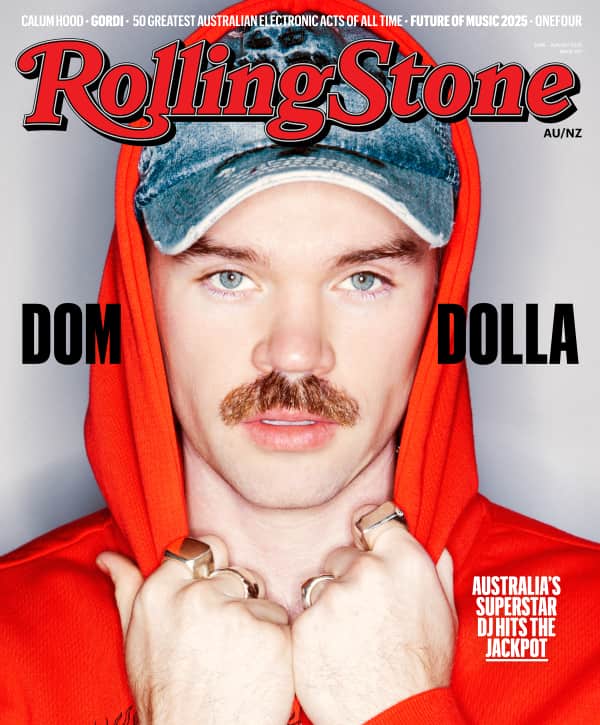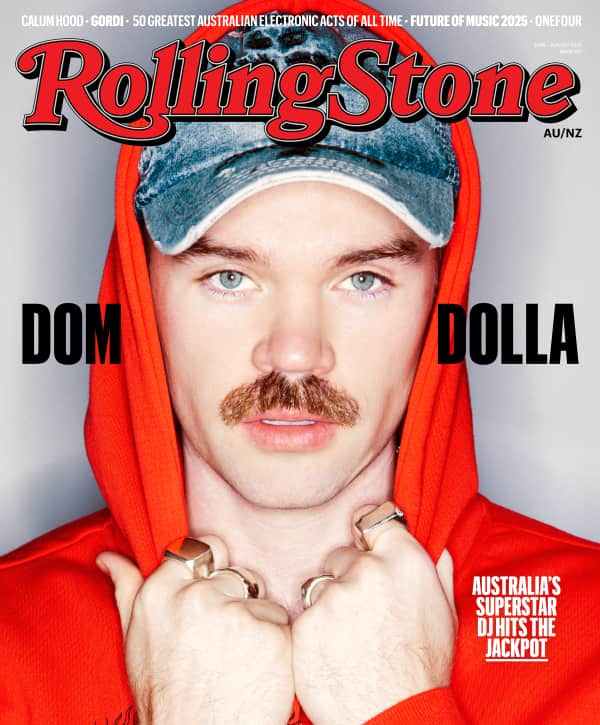The 40 Greatest Dr. Dre Productions
With the rapper-producer set to headline next month’s Super Bowl halftime show, we look back at the productions that made him an essential hip-hop icon, from World Class Wreckin’ Cru to N.W.A to Snoop to Eminem

Photographs in illustration by Al Pereira/Getty Images; Ken Hively/Los Angeles Times/Getty Images; Jason DeCrow/AP; Patrick Downs/Los Angeles Times/Getty Images; Evan Agostini/Invision/AP
Dr. Dre’s production career spans three decades and some of the most famous moments in American popular music. The Los Angeles musician is responsible for introducing so many acts to the pop mainstream — from childhood friend Eazy-E to Snoop Dogg, Eminem, and many others — that it’s difficult to narrow his achievements to a few dozen picks. Meanwhile, readers of this list will notice the absence of Kendrick Lamar: While the Doctor has played a crucial role in Lamar’s career, Dre technically hasn’t produced any of the rapper’s hits … yet. With Dre, Snoop, Lamar, Eminem and Mary J. Blige set to headline the Super Bowl 56 halftime show next month, we look back at the productions that made him a legend. Take this list as a starting point for exploring an essential hip-hop icon.
From Rolling Stone US










































































